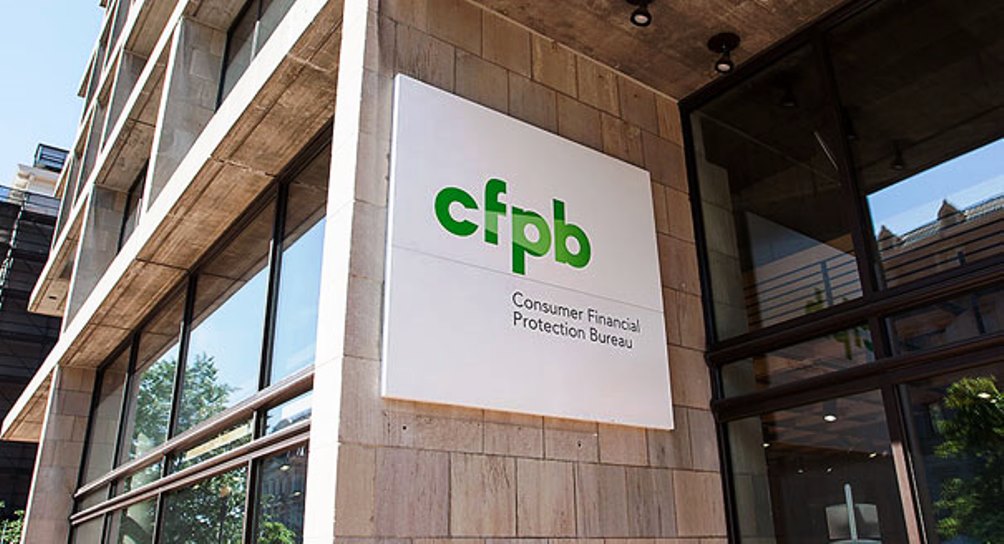
Performant Financial Corporation (PFMT), yesterday announced financial results for its fourth quarter and full year ending December 31, 2015. The company also hosted a conference call to discuss the results.
PFMT is one of the few publicly traded companies in the ARM space. PFMT has also historically been one of the Department of Education’s (ED) top performing private collection agencies. However, the company’s contract with ED expired in April of 2015 and the company has not received placements from ED since the contract expired. The ED RFP remains in a delayed re-bidding process. (Editor’s note: See multiple prior insideARM stories on the delay in the ED RFP.)
Fourth Quarter Financial Highlights
- Total revenues of $41.1 million, compared to $39.7 million in the prior year period, up 3.4%
- Net income of $2.2 million or $0.04 per diluted share, compared to a net loss of $(2.4) million, or $(0.05) per diluted share, in the prior year period
- Adjusted EBITDA of $9.8 million, compared to $4.9 million in the prior year period
- Adjusted net income of $4.0 million, or $0.08 per diluted share, compared to an adjusted net loss of $(0.2) million or $(0.00) per diluted share, respectively, in the prior year period
Student lending revenues in the fourth quarter were $32.8 million, an increase of 7.0% from $30.7 million in the prior year period. The U.S. Department of Education and Guaranty Agencies accounted for revenues of $9.7 million and $23.2 million, respectively, in the fourth quarter of 2015, compared to $13.7 million and $17.0 million in the prior year period. Student loan placement volume (defined below) during the quarter totaled $0.9 billion, compared to $1.7 billion in the prior year period. This figure reflects the lack of placements under the PFMT contract with the Department of Education, which expired in April 2015.
Full Year 2015 Financial Highlights
- Total revenues of $159.4 million, compared to $195.4 million in the prior year period, down 18.4%
- Net loss of $(1.8) million, or $(0.04) per diluted share, compared to net income of $9.4 million, or $0.19 per diluted share, in the prior year period
- Adjusted EBITDA of $28.8 million, compared to $44.7 million in the prior year period
- Adjusted net income of $6.6 million, or $0.13 per diluted share, compared to $15.3 million and $0.31 per diluted share, respectively, in the prior year period
Revenues for the full year ended December 31, 2015 were $159.4 million, a decrease of 18.4% compared to $195.4 million in the prior year period. Student Lending revenues declined 13.7% to $119.4 million from $138.3 million in 2014.
Future Guidance
The company suggested 2016 will bring additional reductions in revenue. Lisa Im, PFMTs Chief Executive Officer commented: “The same challenges that we faced in 2015, including the suspension of placements from the Department of Education pending the contract re-bidding process, reduced student loan recovery fees, etc., have continued into 2016. We anticipate that 2016 will be softer than 2015 primarily due to the delayed impact on our revenues of reduced student loan placements in 2015. Further, even if we are successful in obtaining the outstanding contract awards there will be a several month implementation period before we would begin to see significant new revenues. As a result, we expect 2016 full year revenue to be in the range of $125 to $135 million.”
insideARM Perspective
Since PFMT is one of the few publicly traded companies in the ARM space, the earnings reports are always interesting. The fact that PFMT has historically been a major player in the ED contract also provides a rare inside look into the magnitude of that contract.
PFMT has had the ED contract for years. However, they were not one of the five PCA’s that received contract extensions in March of last year. As a result, they have not received any new placements from ED since last April. Still without new placements for 8 months, ED revenues for the fourth quarter were still $9.7 million. That number dramatically illustrates why so many ARM companies are participating in the ED RFP. The company did not offer any opinion on timing for any ED RFP award.
During the earnings call Ms. Im briefly mentioned the fact that PFMT was also hopeful of obtaining a contract from the IRS. insideARM previously reported on recent legislation requiring the IRS to use private collection agencies. However, Ms. Im was cautious about setting any expectations on potential revenue from an IRS contract.
Performant Financial Corporation Announces Financial Results for 4th Quarter and Full Year 2015, lowers Revenue Projection for 2016
http://www.insidearm.com/daily/debt-collection-news/performant-financial-corporation-announces-financial-results-for-4th-quarter-and-full-year-2015-lowers-revenue-projection-for-2016/
http://www.insidearm.com/feed
insideARM











